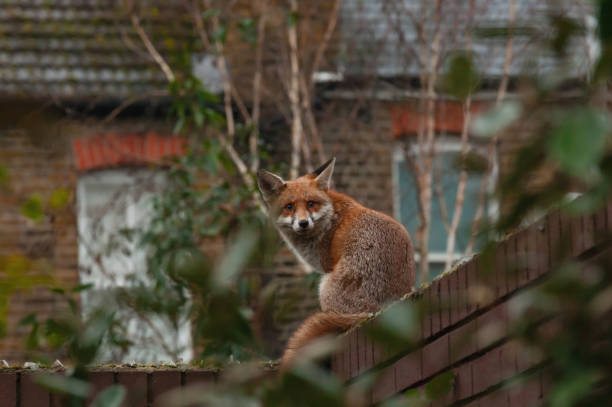The Remarkable World of Urban Foxes: Adapting to City Life
Urban foxes are a fascinating example of wildlife adaptation to human environments. These opportunistic mammals have carved out a niche in our concrete jungles, demonstrating remarkable survival skills. The story of the urban fox offers an insight into the complex dynamics between humans and wildlife, and could provide valuable lessons about the future of urban biodiversity.

A Tale of Urban Adaptation
The urban fox phenomenon began in the United Kingdom around the 1930s. Foxes started to find their way into towns and cities, attracted by the abundance of food and shelter. Over the decades, their numbers have continued to grow, with estimates suggesting there might be up to 150,000 urban foxes in the UK today. The urban fox is now a familiar sight in many cities worldwide, from Berlin to Sydney, highlighting a global trend in wildlife urbanization.
Living on the Edge: The Urban Fox Lifestyle
Urban foxes have adapted to city life in remarkable ways. They are primarily nocturnal, using the cover of darkness to forage for food and avoid humans. Their diet is incredibly diverse, ranging from rodents and birds to fruits, vegetables, and human leftovers. They are opportunistic feeders, shifting their diet based on what’s available. This flexibility is key to their survival in the urban jungle.
The Impact of Urban Foxes
While some people appreciate the presence of urban foxes, viewing them as a charming addition to city life, others see them as a nuisance or even a threat. Concerns range from noise and mess to the potential spread of disease. However, research suggests that the risk of disease transmission from foxes to humans is relatively low. The urban fox is a polarizing figure, reflecting broader debates about wildlife in our cities.
The Fox Economy: A New Market
The urban fox phenomenon has also spawned a new market in fox deterrents, from high-tech motion-activated sprinklers to traditional methods like fencing and chemical repellents. The fox deterrent industry is a testament to the impact of urban foxes on our lives, illustrating how wildlife adaptations can trigger human adaptations in turn.
Urban Foxes: Harbingers of the Future?
The story of the urban fox could offer valuable insights into the future of urban biodiversity. As cities continue to expand, more wildlife species may follow the fox’s lead, adapting to urban environments in surprising and innovative ways. The urban fox challenges us to rethink our relationship with wildlife and consider how we might share our cities with other species.
In conclusion, the urban fox is more than just a city-dwelling mammal. It is a symbol of wildlife resilience and adaptation, a testament to the dynamism of nature, and perhaps a harbinger of the future. As we learn to live alongside these adaptable creatures, we are reminded that even in our concrete jungles, the wild finds a way.




